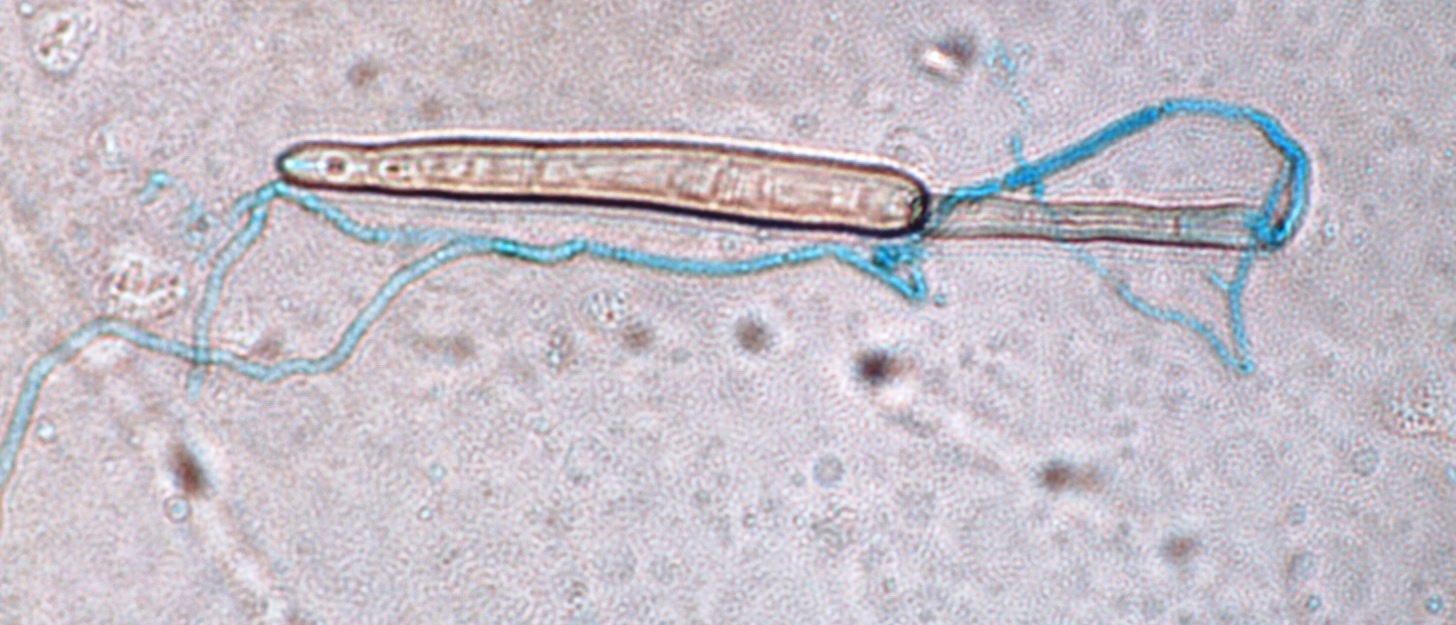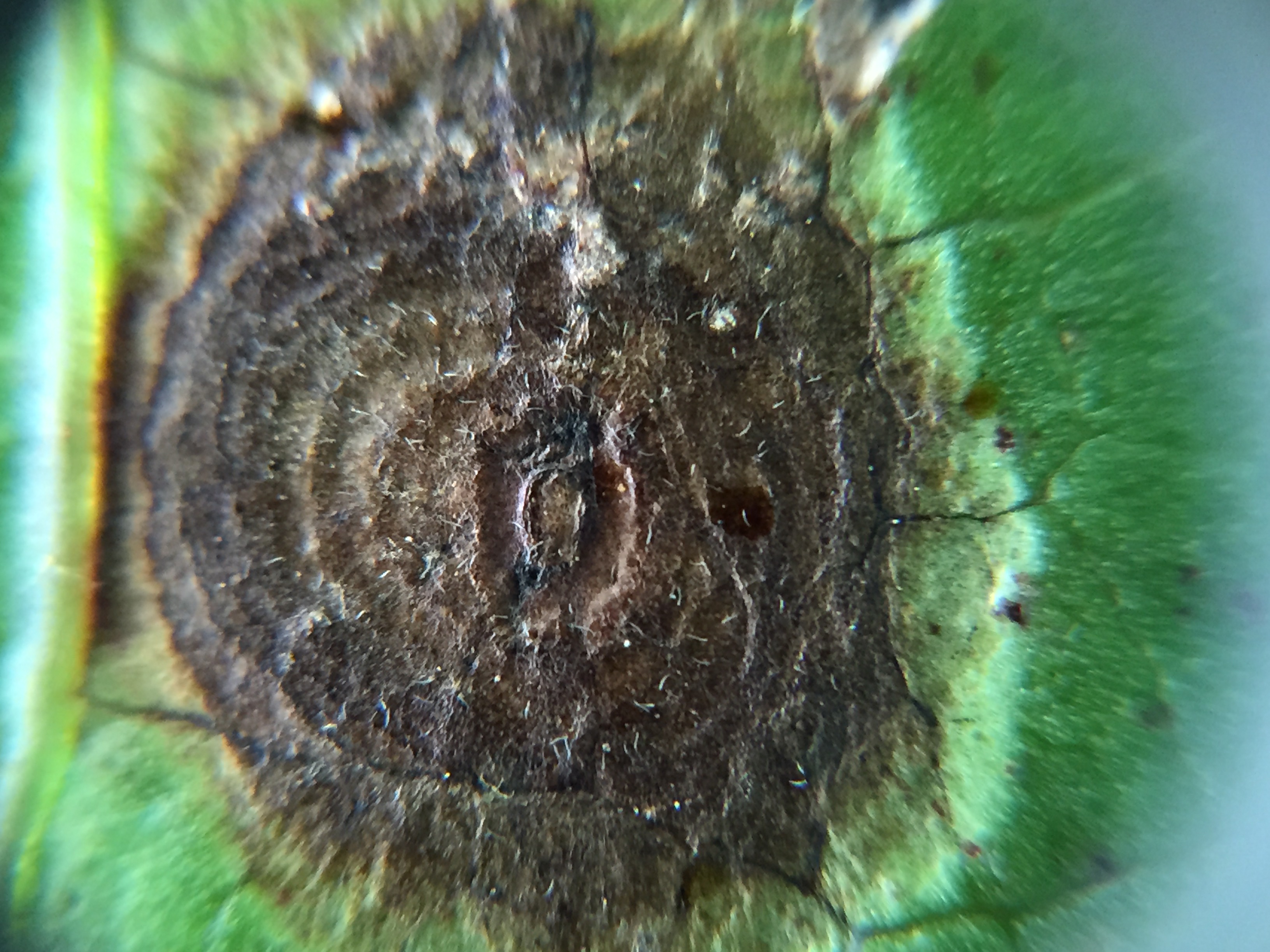
Fig1: Target spot on cotton. This season’s first incidence of Corynespora target spot in cotton has been confirmed in Santa Rosa County.
By:
Dr. Michael J. Mulvaney (Cropping Systems Specialist, University of Florida, IFAS Extension, West Florida Research and Education Center, Jay, FL), Dr. Nicholas S. Dufault (Dept. of Plant Pathology, University of Florida, IFAS Extension, Gainesville, FL), Mike Donahoe (County Director, University of Florida, IFAS Extension, Santa Rosa County, FL)
This season’s first incidence of Corynespora target spot in cotton has been confirmed on research plots at the West Florida Research and Education Center in Jay, FL in Santa Rosa County. This is the first confirmed incidence of target spot on cotton in the Southeast this year.
The occurrence was observed on July 7, 2015 in a trial that was strip-tilled into cotton stubble. We do not yet see target spot on nearby plots that were bottom plowed into soybean, but we expect to see it there soon especially if conditions stay conducive for this disease. The effects of tillage and rotation on disease establishment and development are not yet clear. It is estimated that target spot can rob 200 lbs lint/ac, though there are claims that yield loss can reach 600 lbs lint/ac.
Target spot begins on the lower leaves near the time that canopy closure occurs, which limits air movement and increases humidity. Fungicides have been observed to limit the spread of target spot within Florida cotton, however, management has been variable from year to year. Typically yield savings have varied with about 75 lbs of lint per acre being saved on average in Florida and 100 to 150 lbs of lint per acre being reported in Alabama. This number will vary depending on the susceptibility of the variety and the intensity of the disease. In farmers’ fields in Santa Rosa County, yield gains of more than 200 lbs of lint per acre were reported in 2012 and 2013. In 2014, hotter and drier weather conditions suppressed target spot development.
The recommendation is to begin scouting cotton as you approach canopy closure, being sure to walk into the field and look closely at lower leaves. You will not see target spot by looking at the upper canopy until it is too late. If it is observed locally, you may wish to consider a fungicide program. Being so early in the season, a timely fungicide spray may give the best chance for control and limiting yield loss. If it were later in the season, a fungicide application may not be economically justified. It is important to reiterate that fungicides do not always provide quality management of this disease, but in some locations and in some years, we have seen control with Headline (9 fl oz/ac, two applications, two weeks apart) and Twinline (7 fl oz/ac, three applications, two weeks apart). As with any fungicide application, always consult the label for further information about product application and restrictions.
For more information on this topic, please see the following resources:
2015 Georgia Cotton Production Guide
- Four Early-Season Lessons from 2020 Peanut Production - April 9, 2021
- Sprayer Calibration Tables – Calibration Made Easy - October 30, 2020
- Stand Issues – Should You Replant Your Peanut Field? - May 15, 2020


